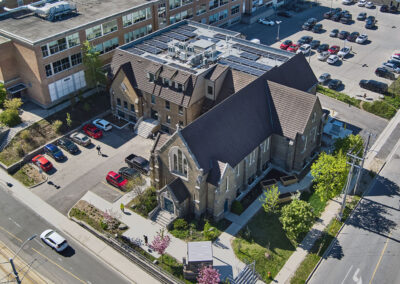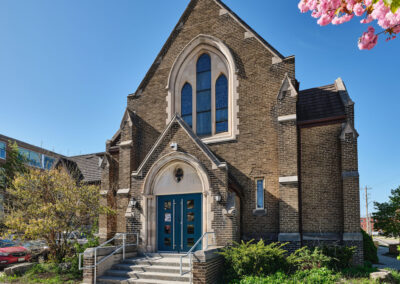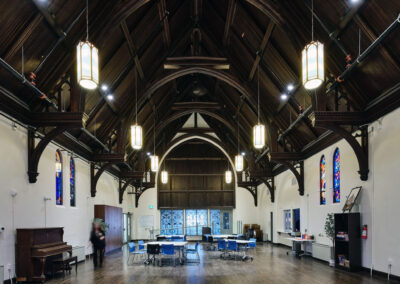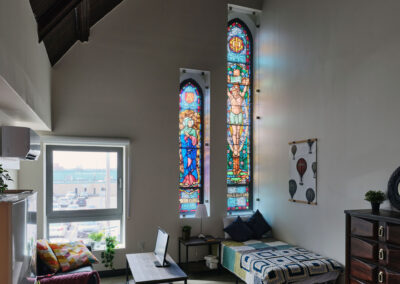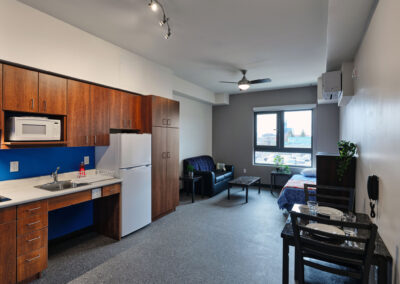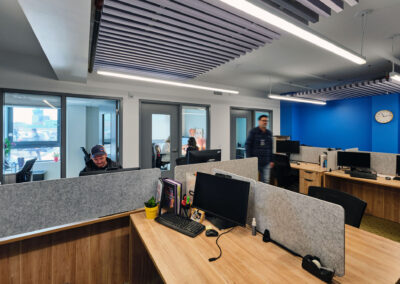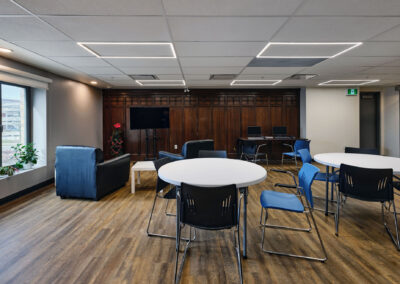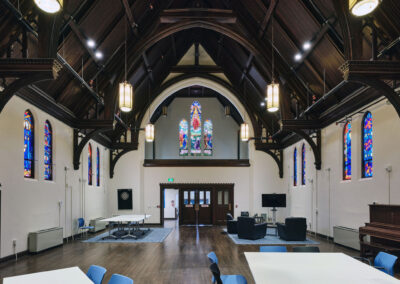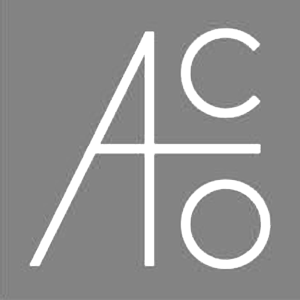Location: Kitchener, ON
Client: Indwell
Year of Completion: 2024
Final Construction Cost: $10,700,000
Architect of Record: Invizij Architects Inc
This project includes redeveloping St. Mark’s Lutheran Church in Kitchener into 43 affordable apartments, while maintaining most of the original sanctuary for community gatherings and events. The units are evenly distributed between the lower level, ground floor, and a new enlarged second and third floor. The historic church’s facades remain primarily intact except for new windows to meet the Passive House standard. While the building is not heritage designated, it did need to comply with heritage objectives overseen by the city. This included a heritage impact assessment and reviews with heritage staff.
This adaptable reuse project enabled the congregation to realize its ongoing vision for community outreach, despite no longer needing the building after a merger with other congregations. Indwell is providing a new option for supportive housing in Kitchener, directly addressing the encampment and homelessness crisis many are unfortunately experiencing at this time.
The project had funding from CMHC’s Co-Investment fund, requiring it to exceed 2015 NECB by at least 41%. By using Passive House methods & materials including improving the airtightness of the existing sanctuary using Aerobarrier technology, the building was able to achieve a 44% improvement over a baseline building. The entire facility uses no fossil fuels, utilizing VRF heat pumps and heat pump hot water heaters. A 42.5 kWdc solar PV array on the new flat roof helps contribute to a 44% reduction in GHG emissions. A final airtightness test achieved sufficient results (1.89 ACH @ 50Pa) to show that this approach to adaptive reuse is viable in meeting energy improvement targets. The complex nature of existing vaulted wood ceilings, masonry structures with plaster, and other traditional methods can be addressed through thoughtful design and attention to detail.
The third floor addition blends into the existing building in both massing, form, and materiality. More than 20% of the units are designed for barrier free accessibility, fulfilling a deep need in the community. In order to provide comfort for the conversion of spaces to apartments, the walls were insulated from the interior along with the attic spaces.
There were some surprises during the renovations of the original building, including buried layers of asbestos under hidden roofing, unique structural joists from past additions, and the sandy soil conditions which made the elevator excavations complicated. The final result is unique apartments in an existing downtown Kitchener location, set along the new LRT line.

